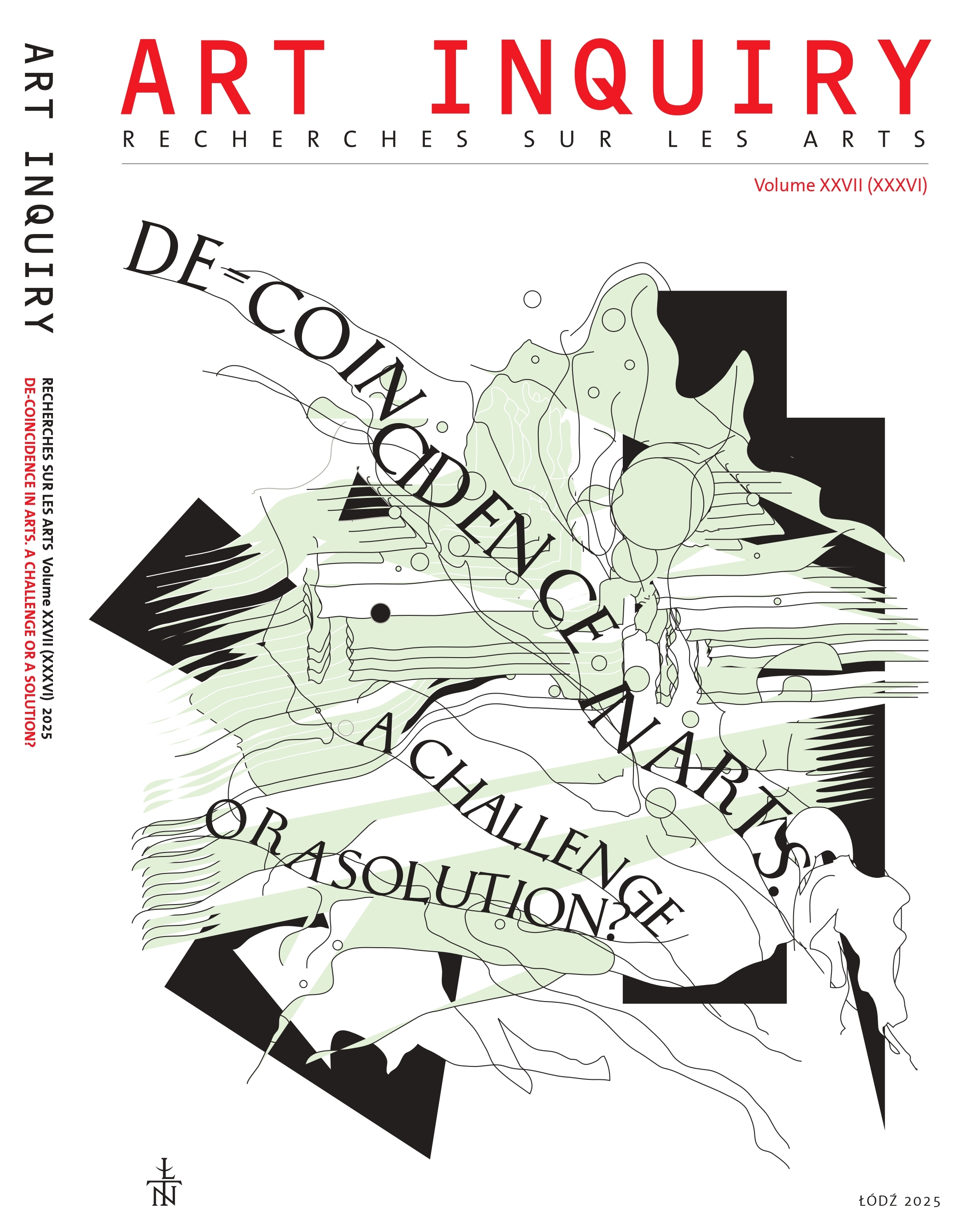Call for Papers – Art Inquiry 2026
New curator practices: an overlap between care, activism and aesthetics
Contemporary curatorial practices differ significantly from the traditional model of organizing exhibitions as a neutral act of presenting works of art. Curators are increasingly taking on the role of active participants in social and political life – they initiate artistic processes, moderate intercultural dialogue, support grassroots activities and become guardians of memory, trauma, communities and values. In response to social, political, ecological and identity crises, curating is transforming into a form of engaged cultural practice, often functioning at the intersection of activism, pedagogy, affective practices and relational aesthetics.
Read more about Call for Papers – Art Inquiry 2026




